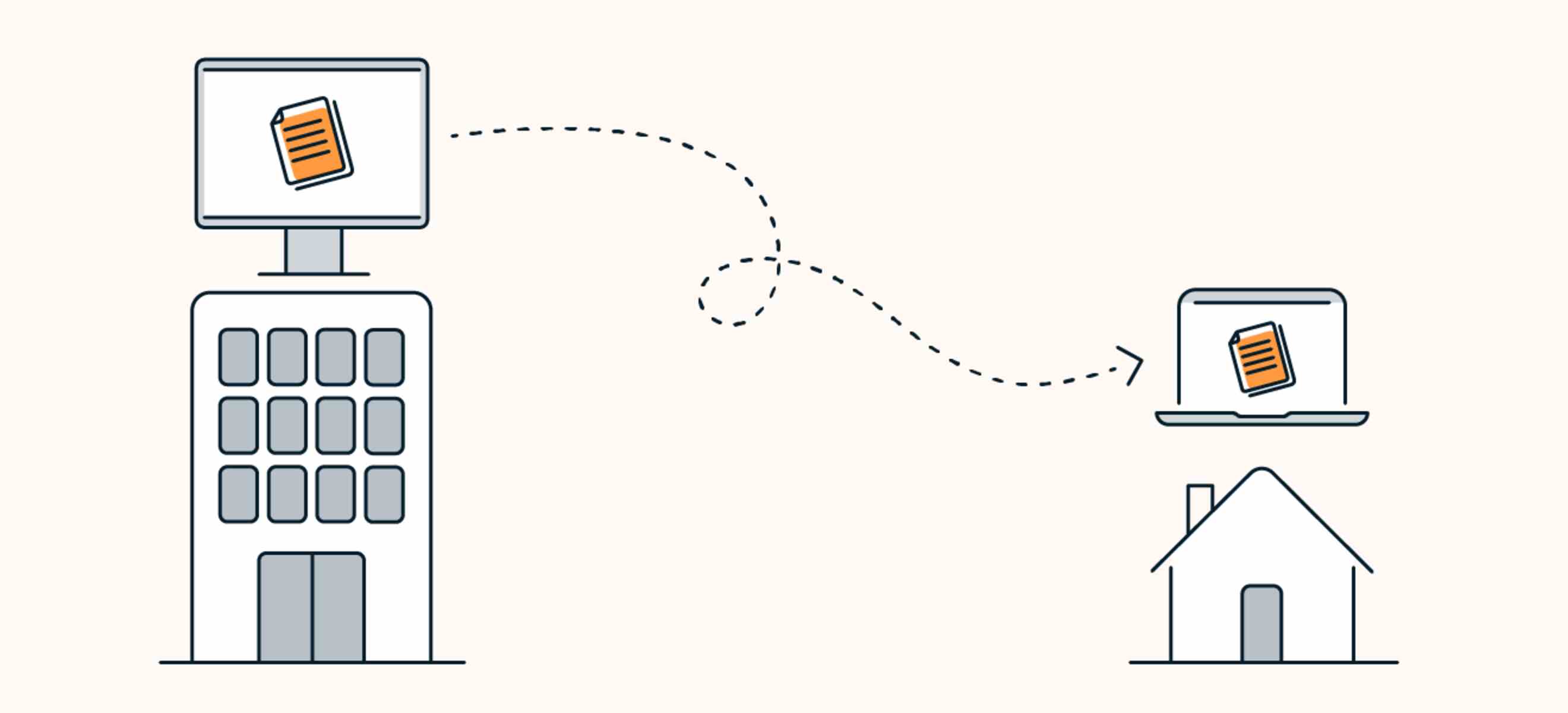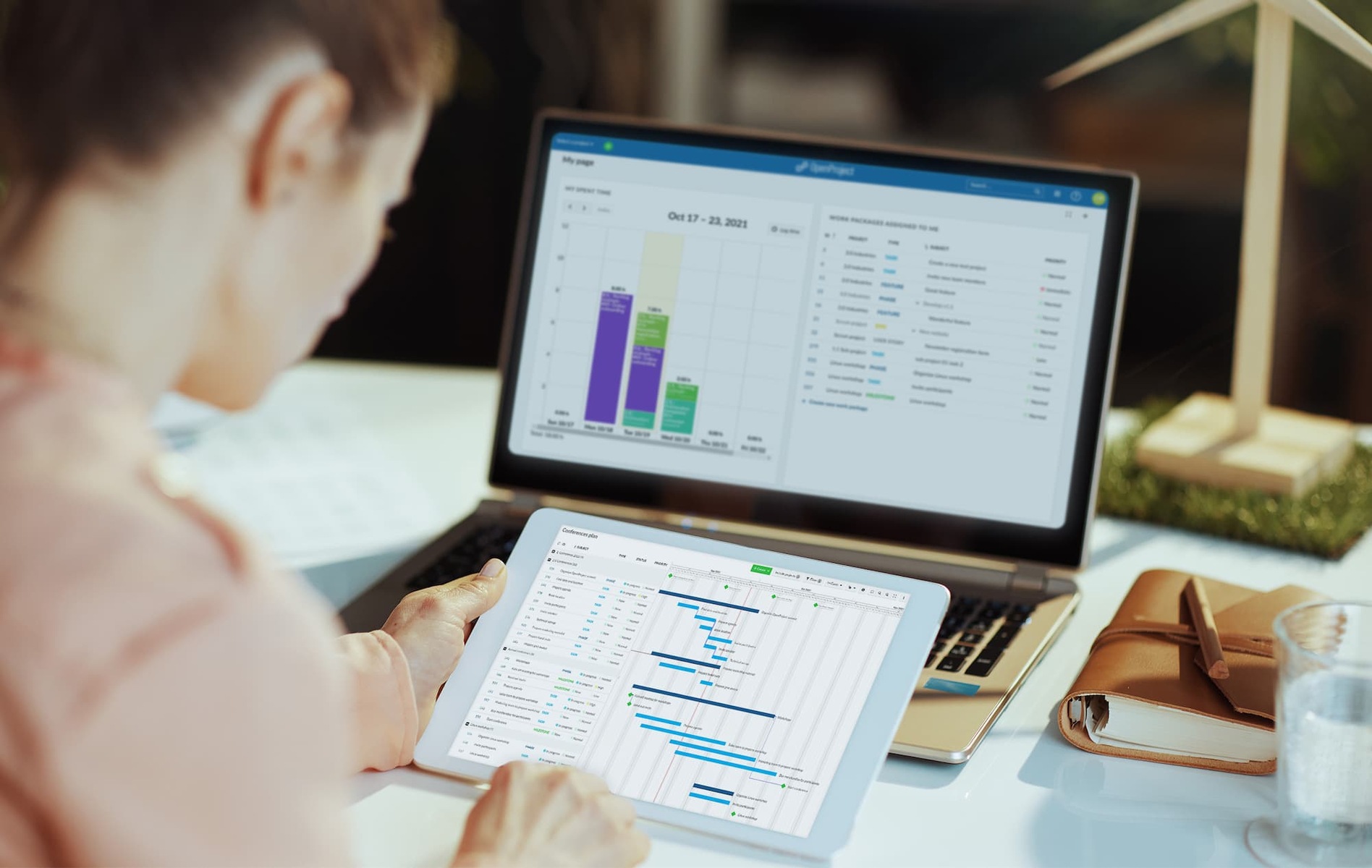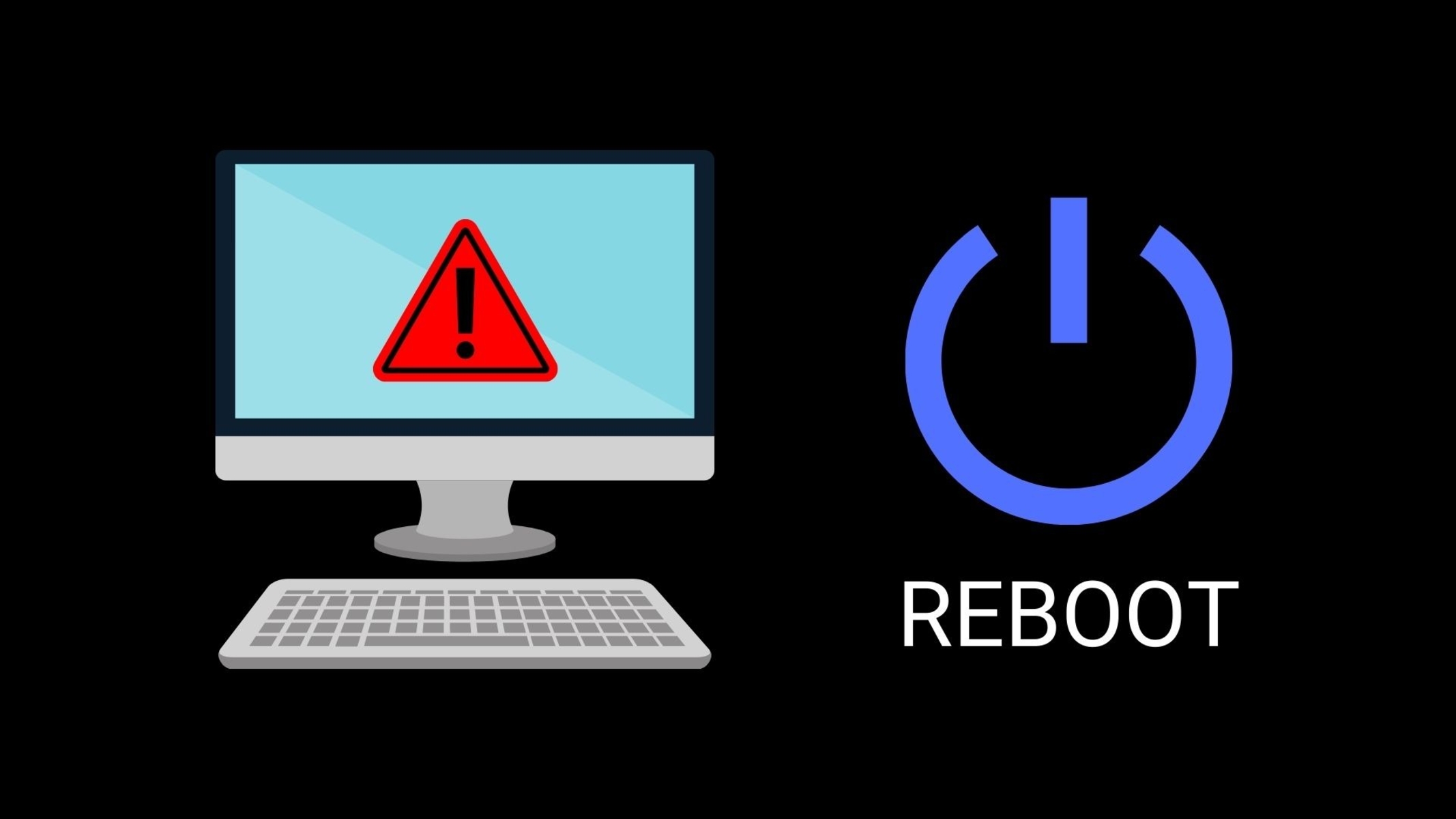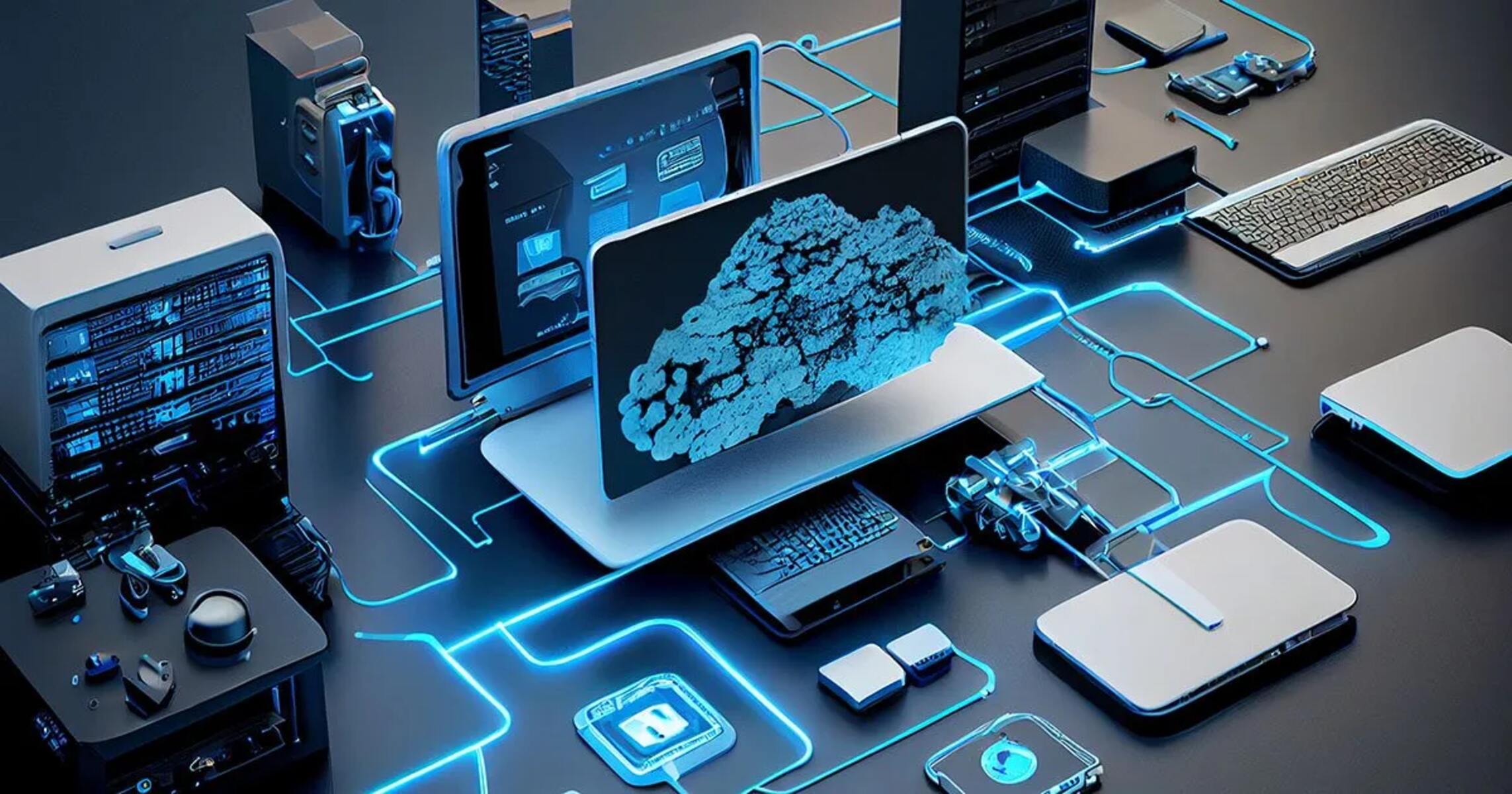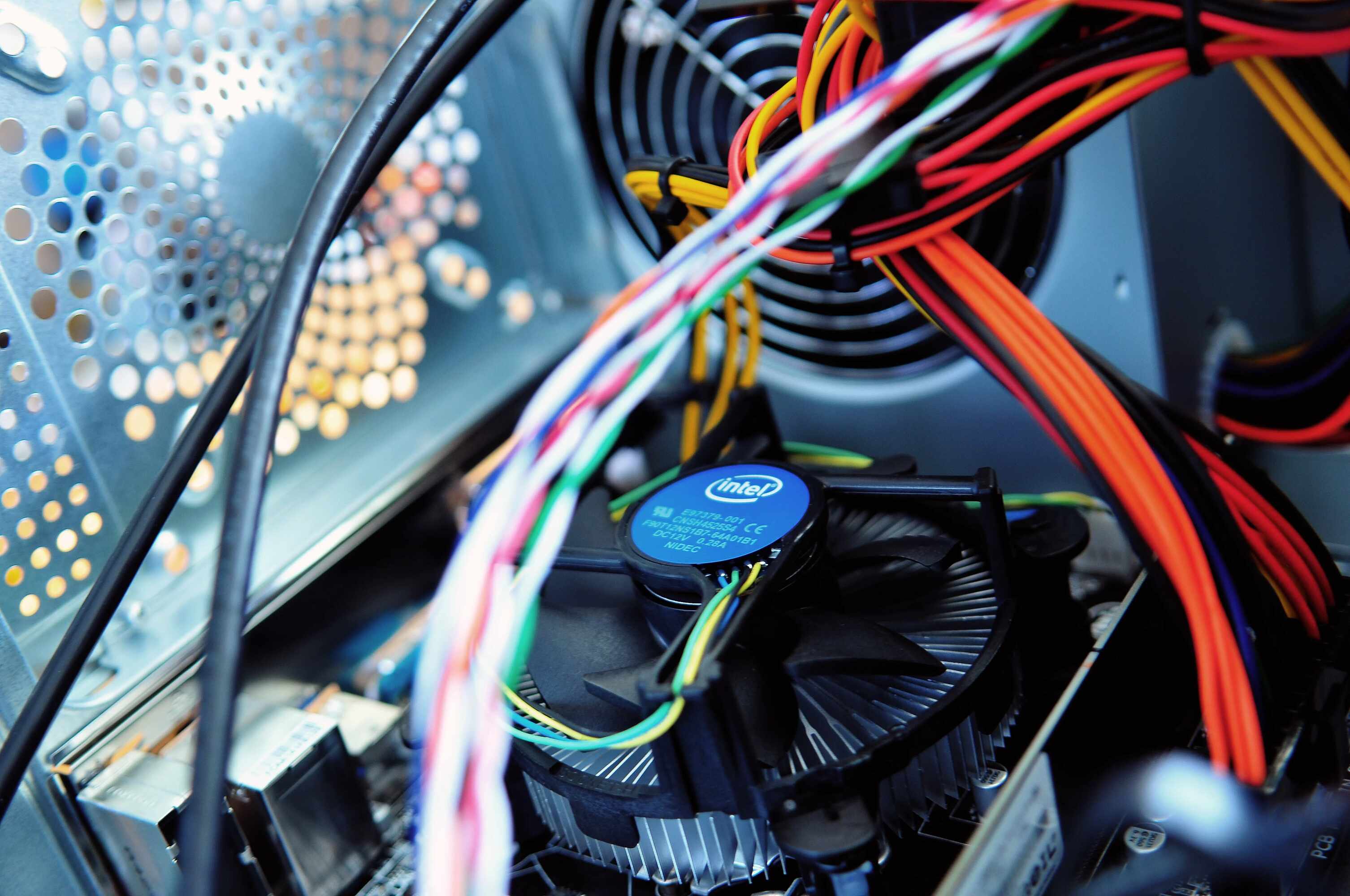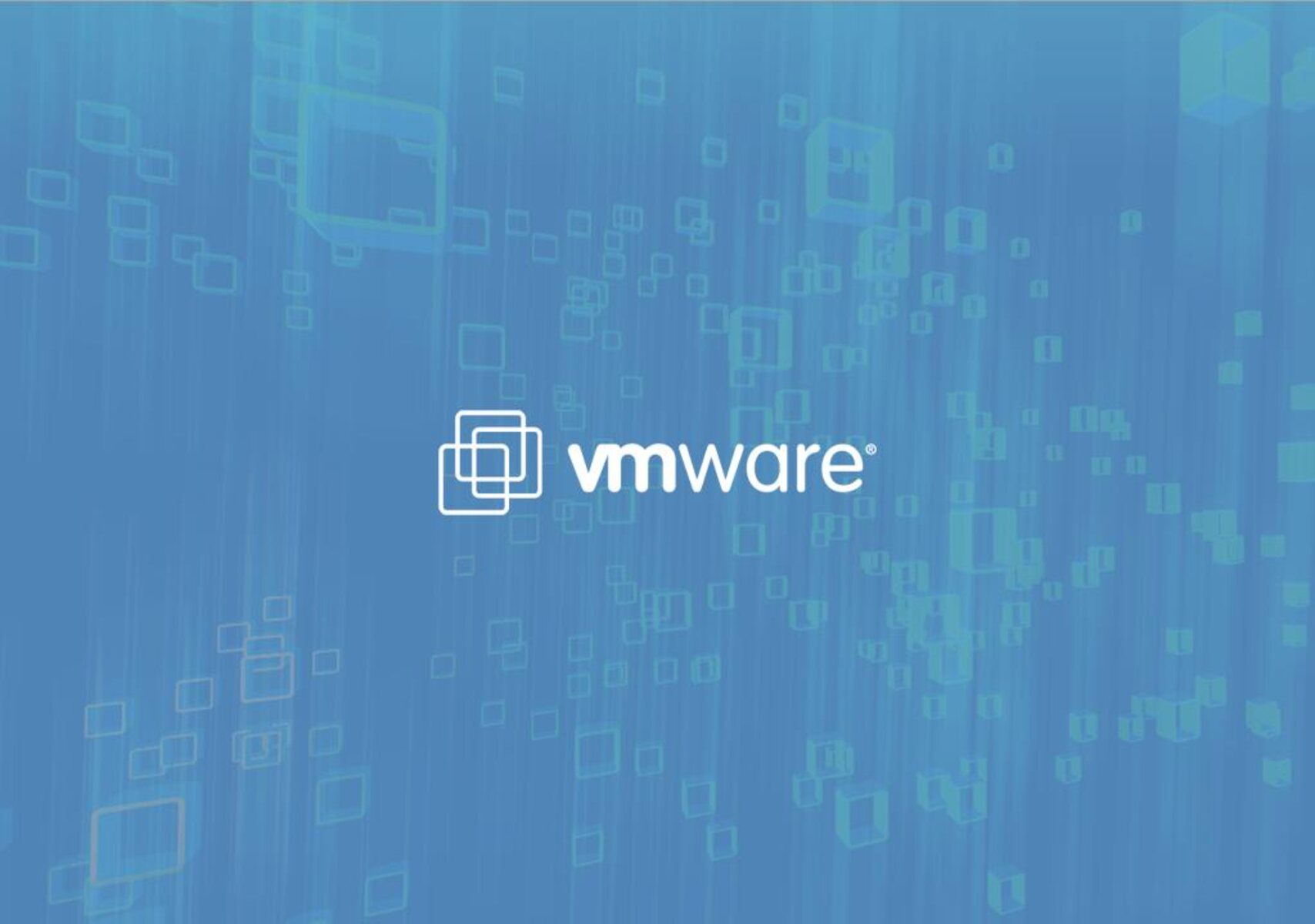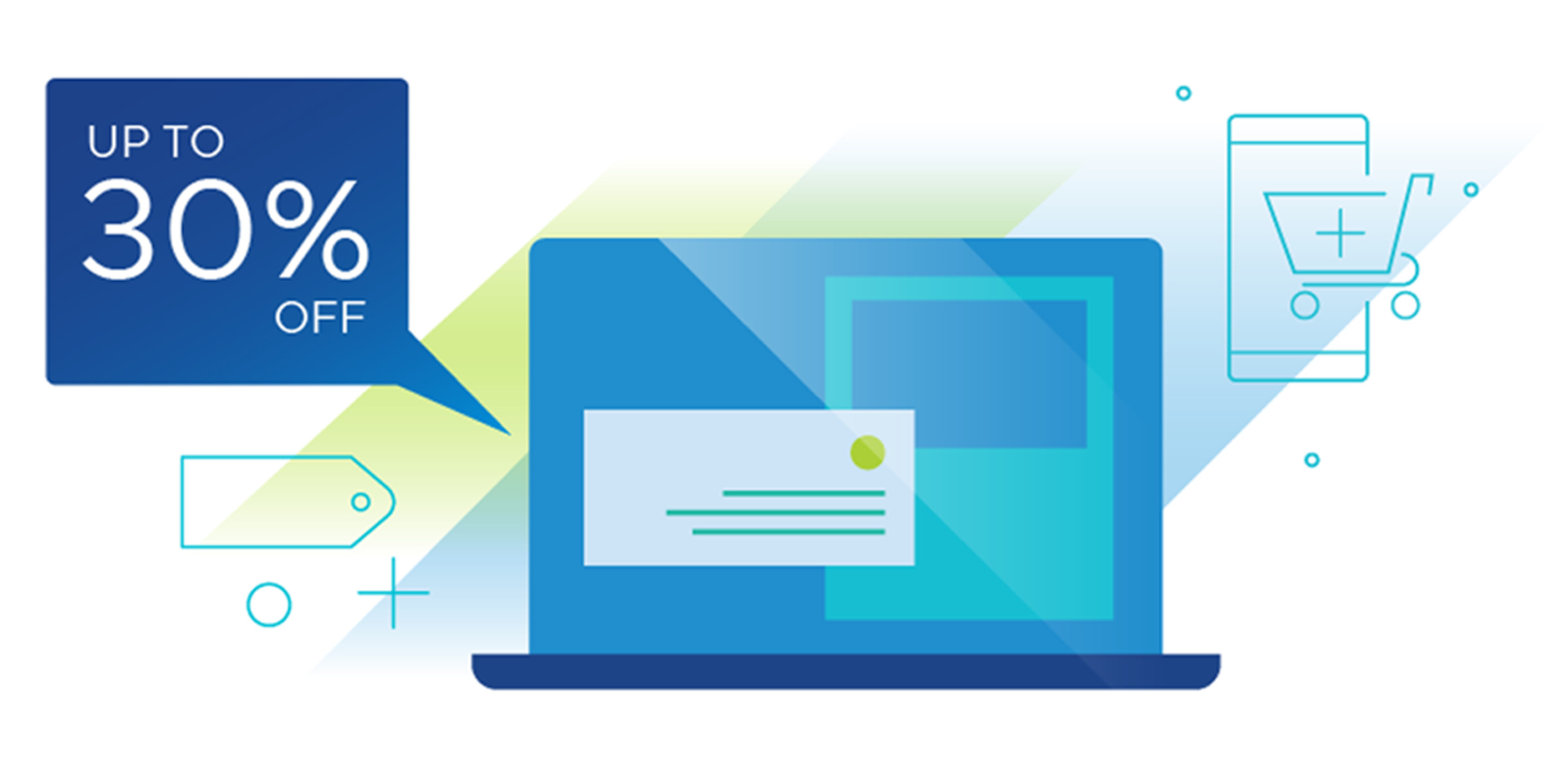Introduction
In today’s digital age, remote work has become increasingly popular, allowing individuals to work from anywhere in the world. One of the essential tools for remote workers is remote desktop, which enables them to access a computer or workstation from a different location. This technology has transformed the way we work, providing flexibility, efficiency, and convenience.
Remote desktop refers to the ability to control a computer remotely, as if you were sitting right in front of it. It allows you to access your files, applications, and other resources from a remote location, regardless of the operating system or device you are using. Whether you’re a digital nomad, a business traveler, or simply prefer to work from the comfort of your home, remote desktop can provide you with the ability to accomplish your tasks just as efficiently as if you were physically present in the office.
By using remote desktop as a workstation, you can capitalize on numerous benefits. First and foremost, it allows you to access all your essential files and software, eliminating the need to carry around a laptop or external storage devices. This convenience alone can not only lighten the load on your shoulders but also ensure that you have access to everything you need at any given time.
Additionally, remote desktop allows for seamless collaboration with team members and clients. You can easily share your screen, present your work, and engage in video conferences, regardless of your physical location. This level of connectivity fosters effective communication and teamwork, enabling remote workers to stay connected and actively participate in projects and discussions.
Setting up remote desktop on your computer is a relatively straightforward process. The exact steps may differ depending on your operating system, but generally, you need to enable remote desktop access and establish a secure connection. Once configured, you can connect to your remote desktop workstation from any device with an internet connection.
However, remote desktop usage can sometimes present challenges or errors. Connectivity issues, security concerns, and performance hiccups may arise. But fear not, as we will discuss common troubleshooting tips and tricks in this guide to help you overcome these obstacles and ensure a smooth remote desktop experience.
Now that you have a general understanding of remote desktop and its benefits, let’s dive into the details of how to set it up on your computer, connect to your remote workstation, troubleshoot common issues, and maximize your productivity. So, grab your cup of coffee, sit back, and get ready to embark on your remote working journey with the power of remote desktop.
What is remote desktop?
Remote desktop, also known as remote access or remote control software, is a technology that allows users to access and control a computer or workstation from a remote location. It provides the ability to work on a computer as if you were physically present in front of it, regardless of the geographic distance. This is achieved by establishing a secure connection between the local and remote machines, enabling the user to view the remote computer’s desktop, access files and software, and perform tasks remotely.
The core functionality of remote desktop lies in its ability to transmit user inputs from the local device to the remote device and display the resulting output on the local screen. This means that you can control the mouse, keyboard, and other input devices of the remote computer as if they were connected directly to your local device. All changes made on the remote computer, such as opening files, running applications, and making system modifications, are instantaneously reflected on the local device.
Remote desktop technology has widespread applications, catering to a variety of use cases. From IT professionals providing remote technical support to individuals accessing their work computers from home, the functionalities of remote desktop are versatile and adaptable. It allows users to work on their computers remotely, access important files, collaborate with colleagues, and even run resource-intensive software that may not be available on their local devices.
Different remote desktop solutions utilize various protocols and mechanisms to establish the connection between the local and remote machines. Some commonly used protocols include Remote Desktop Protocol (RDP), Virtual Network Computing (VNC), and Secure Shell (SSH). These protocols ensure the security and confidentiality of the connection by encrypting the data transmitted between the devices, protecting it from unauthorized access or interception.
While remote desktop can be a valuable tool for remote workers and IT professionals, it is important to note that it requires a stable internet connection to function optimally. A slow or unreliable internet connection can lead to lag, latency, and interruptions, affecting the overall performance and user experience. It is recommended to have a high-speed internet connection, particularly for tasks that involve transferring large files or running resource-intensive applications.
Now that we have a clear understanding of what remote desktop is and how it works, let’s explore the numerous benefits that it offers to individuals and organizations alike. By leveraging the power of remote desktop, you can unlock greater flexibility, productivity, and collaboration in your work environment.
Benefits of using remote desktop as a workstation
Using remote desktop as a workstation offers a plethora of advantages that can significantly enhance your work experience and productivity. Here are some key benefits to consider:
- Flexibility and mobility: Remote desktop allows you to work from anywhere, freeing you from the constraints of a physical office. Whether you’re traveling, working from home, or on-the-go, you can access your workstation and all your files with ease. This flexibility enables you to maintain a healthy work-life balance and adapt your work environment to suit your preferences.
- Access to all essential files and software: With remote desktop, you don’t have to worry about transferring files or carrying external storage devices. You can access all your vital documents, applications, and resources directly from your remote workstation. This convenience saves you time and ensures that you have everything you need at your fingertips.
- Collaboration made easy: Remote desktop facilitates seamless collaboration with colleagues, clients, and teams. You can share your screen, present your work, and engage in video conferences regardless of your location. This level of connectivity fosters effective communication, enabling you to actively participate in projects and discussions.
- Increased productivity: Working on a remote desktop allows you to utilize the full power of your workstation, even if you are using a different device. You can run resource-intensive software, perform data-intensive tasks, and benefit from the processing power of your remote machine. This boosts productivity and ensures that you can work efficiently, even on devices with limited capabilities.
- Centralized data management and security: Remote desktop enables you to store and manage your data in a centralized location, eliminating the risk of losing files or dealing with version control issues. Additionally, since your data resides on the remote workstation, it is protected against physical damage or loss. You can also implement security measures such as two-factor authentication and encryption to ensure the confidentiality of your work.
- Cost-effectiveness: By using remote desktop, you can save on hardware costs as there is no need to invest in expensive laptops or mobile devices. Instead, you can leverage the power of your remote workstation and access it from any device with an internet connection. Furthermore, the centralized management of software licenses and updates reduces the need for individual licenses on multiple devices.
These are just a few of the many benefits of using remote desktop as a workstation. The flexibility, access to resources, collaboration opportunities, increased productivity, centralized data management, and cost-effectiveness make it an indispensable tool for modern remote work environments. Let’s now explore the steps to set up remote desktop on your computer and start reaping these benefits.
Setting up remote desktop on your computer
Setting up remote desktop on your computer is a fairly straightforward process that can be accomplished in just a few steps. While the exact steps may vary depending on your operating system, the general procedure remains the same. Follow the guidelines below to set up remote desktop on your computer:
- Check system requirements: Before proceeding with the setup, ensure that your computer meets the minimum system requirements for remote desktop. This includes having a compatible operating system, a stable internet connection, and sufficient processing power and memory to handle remote access.
- Enable remote desktop on the remote computer: On the computer that you wish to access remotely, navigate to the system settings or control panel and locate the “Remote Desktop” or “Remote Settings” option. Enable remote desktop by ticking the checkbox or selecting the appropriate option. You may also be required to set a username and password for remote access.
- Configure firewall settings: If you have a firewall enabled on your computer, you may need to configure it to allow incoming remote desktop connections. Open the firewall settings and add an exception for remote desktop or allow the appropriate port (usually port 3389) for incoming connections.
- Obtain the IP address or hostname: In order to connect to your remote desktop, you will need to know the IP address or hostname of the remote computer. You can obtain this information by running the “ipconfig” command in the Command Prompt (for Windows) or by checking the network settings on your computer.
- Configure remote desktop client on your local computer: On the device from which you want to access the remote desktop, install a compatible remote desktop client software. Popular options include Microsoft Remote Desktop for Windows, Remote Desktop Connection for macOS, and various third-party applications for different platforms. Launch the client software and enter the IP address or hostname of the remote computer to establish a connection.
- Authenticate the remote desktop connection: Once the connection is established, you will be prompted to enter the username and password for the remote computer. Provide the credentials that you set up during the enabling of remote desktop. After successful authentication, you will have access to the remote desktop and can start working on your files and applications.
Congratulations! You have successfully set up remote desktop on your computer. You can now access your remote workstation from any device with a remote desktop client installed. It is important to note that the steps mentioned above provide a general overview of the setup process. For specific instructions, it is recommended to consult the documentation or support resources provided by your operating system or remote desktop client.
In the next section, we will explore how to connect to a remote desktop workstation, troubleshoot common issues, and maximize productivity while using remote desktop. So, let’s move on to the next step in our journey towards seamless remote work.
Connecting to a remote desktop workstation
Once you have set up remote desktop on your computer, connecting to a remote desktop workstation is a simple process. Follow the steps below to establish a connection and access your remote computer from any device:
- Launch the remote desktop client: Open the remote desktop client software on your local computer. This could be Microsoft Remote Desktop, Remote Desktop Connection, or any other compatible client you have installed.
- Enter the IP address or hostname: In the remote desktop client, enter the IP address or hostname of the remote computer that you want to connect to. Make sure you have this information handy from the previous setup step.
- Authenticate the connection: Once you have provided the IP address or hostname, click on the connect button. The remote desktop client will establish a secure connection to the remote computer. You may be prompted to enter your username and password for the remote computer during the authentication process.
- Wait for the connection to be established: Depending on your internet connection speed and the distance between the local and remote computers, it may take a few moments for the connection to be established. During this time, the remote desktop client will establish a secure communication channel with the remote computer.
- Start using your remote desktop workstation: Once the connection is established, you will see the remote desktop of the remote computer displayed on your local device. You can now interact with the remote desktop as if you were physically sitting in front of it. Access your files, run applications, and carry out your work tasks just like you would on your local computer.
It is important to note that while remotely connected to the workstation, the resources and processing power of the remote computer are being utilized. This means that you can work on resource-intensive tasks and software without any performance issues, as long as the remote computer can handle the workload.
When you are done with your remote session, you can properly end the connection by closing the remote desktop client or selecting the option to disconnect. It is recommended to log out of the remote computer when you are finished to ensure the security of your remote workstation and prevent any unauthorized access.
Now that you know how to connect to a remote desktop workstation, let’s move on to the next section where we will discuss common troubleshooting techniques to overcome any issues you may encounter while using remote desktop.
Troubleshooting common remote desktop issues
While remote desktop can greatly enhance your productivity and work flexibility, it is not immune to issues that may arise during the connection or usage process. Here are some common remote desktop issues and troubleshooting techniques to help resolve them:
- Connection failure: If you are unable to establish a connection to the remote computer, ensure that both devices have a stable internet connection. Check your firewall settings to ensure that remote desktop connections are allowed. Also, verify that the IP address or hostname you are using is correct.
- Lag or latency: If you experience lag or latency during your remote desktop session, it may be due to a slow internet connection. Close any unnecessary applications or programs that may be consuming bandwidth. Additionally, try connecting to the remote desktop during off-peak hours when internet traffic is lower.
- Black screen or frozen display: If you encounter a black screen or the remote desktop display freezes, it could be due to a network issue or a problem with the remote computer. Try reconnecting to the remote desktop and ensure that the remote computer is powered on and functioning properly.
- Sound or audio issues: If you are unable to hear sound or experience issues with audio during your remote desktop session, check the audio settings on both the local and remote computers. Ensure that the volume is not muted and that the correct audio output devices are selected.
- Clipboard not working: If you are unable to copy and paste content between your local and remote machines, it may be due to a clipboard sharing issue. Check the settings of your remote desktop client to ensure that clipboard sharing is enabled. Restarting the remote desktop client and the remote computer may also resolve the issue.
- Authentication problems: If you are unable to authenticate or log in to the remote computer, verify that you are using the correct username and password. Ensure that you have the necessary permissions to access the remote computer, and check for any account lockouts or password expiration issues.
If you encounter any other specific issues while using remote desktop, it is recommended to consult the documentation or support resources of your remote desktop client or operating system. Frequently updating your remote desktop client and keeping your operating system up to date can also help resolve compatibility issues and ensure optimal performance.
By following these troubleshooting techniques, you can overcome common remote desktop issues and enjoy a smooth and productive remote work experience. In the next section, we will provide some tips and tricks to maximize productivity while using remote desktop as a workstation.
Tips and tricks for maximizing productivity with remote desktop
Remote desktop can be a powerful tool for enhancing productivity and efficiency in your remote work environment. Implementing certain tips and tricks can further optimize your experience and help you make the most out of using remote desktop as a workstation. Here are some tips to consider:
- Organize your files and folders: Keep your files and folders organized on your remote workstation to easily locate and access the documents you need. Create a logical folder structure and use descriptive file names to quickly find what you are looking for. Consider utilizing cloud storage services to synchronize and backup your remote workstation files.
- Utilize keyboard shortcuts: Keyboard shortcuts can save you valuable time and make navigating your remote desktop more efficient. Learn and utilize keyboard shortcuts for common actions such as copying, pasting, saving, and switching between applications. This can help streamline your workflow and increase productivity.
- Take advantage of multi-monitor support: If your remote desktop software supports multiple monitors, make use of this feature. By extending your desktop workspace across multiple screens, you can have multiple applications open simultaneously, enhancing your productivity and reducing the need for window switching.
- Use productivity tools and collaboration software: Leverage productivity tools and collaboration software to enhance your remote work experience. Applications such as project management tools, communication platforms, and document sharing platforms can facilitate seamless collaboration with your team, regardless of their physical locations.
- Optimize your internet connection: A stable and high-speed internet connection is vital for a smooth remote desktop experience. Ensure that you have a reliable internet service provider and consider upgrading to a faster plan if necessary. Avoid bandwidth-intensive activities, such as downloading large files or streaming videos, while working on your remote desktop.
- Secure your remote desktop connection: Implement security measures to protect your remote desktop connection and the data transmitted during the session. Enable strong passwords, implement two-factor authentication, and ensure that your remote desktop software is up to date with the latest security patches.
- Set boundaries and establish a routine: When working with remote desktop, it can be easy to blur the boundaries between work and personal life. Set specific working hours and establish a routine to maintain a healthy work-life balance. Create a dedicated workspace and minimize distractions to stay focused and productive.
By implementing these tips and tricks, you can maximize your productivity while using remote desktop as a workstation. Remember to tailor these suggestions to your own work style and preferences, adapting them to best suit your needs. Now, armed with these productivity-boosting strategies, you are ready to make the most out of your remote work experience with remote desktop.
Security considerations when using remote desktop as a workstation
While remote desktop offers convenience and flexibility, it is important to prioritize security when using it as a workstation. Taking the necessary precautions can help safeguard your data and ensure the confidentiality of your remote work. Here are some security considerations to keep in mind:
- Use strong passwords: Choose complex passwords that are difficult to guess. Use a combination of uppercase and lowercase letters, numbers, and special characters. Avoid using easily guessable information, such as your name or birthdate, in your passwords.
- Enable two-factor authentication: Two-factor authentication adds an extra layer of security to your remote desktop connection. It typically requires a second form of authentication, such as a unique code sent to your mobile device, in addition to your password. Enable this feature to protect your remote desktop access from unauthorized users.
- Keep remote desktop software up to date: Regularly update your remote desktop client software to ensure that you have the latest security patches and bug fixes. Outdated software may have vulnerabilities that can be exploited by attackers.
- Secure your network connection: When connecting to your remote desktop, use a secure network connection. Avoid using public Wi-Fi networks that may be unencrypted or insecure. If you must use a public network, consider setting up a virtual private network (VPN) to encrypt your connection and protect your data.
- Be cautious of phishing attacks: Be vigilant against phishing attacks that attempt to trick you into revealing sensitive information. Avoid clicking on suspicious links or downloading attachments from unknown sources. Regularly educate yourself about common phishing techniques and stay updated on the latest phishing trends.
- Disable remote desktop when not in use: To prevent unauthorized access to your remote desktop, disable the remote desktop feature when you are not using it. This reduces the risk of attackers attempting to gain access to your workstation when you are not actively working.
- Regularly monitor and log remote desktop connections: Keep track of remote desktop connections by monitoring and logging the activities performed on your remote workstation. This can help you identify any suspicious behavior or unauthorized access attempts.
- Use encryption: Encrypting your remote desktop connection adds an extra layer of security. Ensure that your remote desktop software supports encryption protocols, such as SSL/TLS, to encrypt data transmitted between your local and remote devices.
By implementing these security considerations, you can minimize the risk of unauthorized access and protect your remote work environment. However, it is important to remember that security is an ongoing process, and you should stay informed about the latest security practices and threats in order to adapt your security measures accordingly.
Now that you are armed with these security considerations, you can confidently use remote desktop as a secure and productive workstation while keeping your data and privacy protected.
Conclusion
Using remote desktop as a workstation has revolutionized the way we work and opened up a world of possibilities for remote professionals and digital nomads. The ability to access your files, applications, and resources from anywhere in the world offers flexibility, convenience, and increased productivity.
In this guide, we explored what remote desktop is and how it works. We discussed the benefits of using remote desktop as a workstation, including flexibility, access to essential files and software, collaboration opportunities, increased productivity, centralized data management, and cost-effectiveness.
We then delved into the process of setting up remote desktop on your computer, which involved enabling remote desktop access, configuring firewall settings, and obtaining the IP address or hostname of the remote computer. We also provided guidance on how to connect to a remote desktop workstation and troubleshoot common issues that may arise during the remote desktop session.
To maximize productivity while using remote desktop, we shared tips and tricks such as organizing files and folders, utilizing keyboard shortcuts, utilizing multi-monitor support, using productivity tools and collaboration software, optimizing your internet connection, and implementing security measures such as using strong passwords, enabling two-factor authentication, and keeping remote desktop software up to date.
Finally, we emphasized the importance of security considerations when using remote desktop as a workstation. By employing best practices such as using strong passwords, enabling two-factor authentication, securing your network connection, being cautious of phishing attacks, disabling remote desktop when not in use, monitoring and logging remote desktop connections, and using encryption, you can safeguard your data and protect your remote work environment.
Now armed with the knowledge and strategies shared in this guide, you are well-equipped to utilize remote desktop as a workstation to its fullest potential. Embrace the flexibility, efficiency, and convenience it offers and make the most out of your remote work experience.







